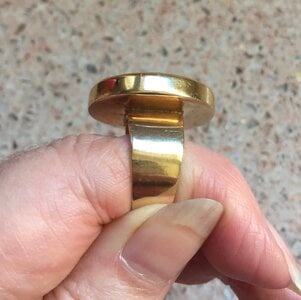Avondale
Brilliant_Rock
- Joined
- Oct 31, 2021
- Messages
- 1,080
I stumbled upon this opal while window shopping on Etsy.
Click for video
It's pretty. I like it. I want it.
Thing is, the seller explicitly states "slight crazing in body on one side" and I have no idea what that's supposed to mean with opals or just how bad it is. The stone is on the cheap side - 200$ for 3ct, australian opal, no treatment. Don't know if the price is such because it's white opal instead of black (I know whites are supposed to be less expensive, but just how less?) or because the crazing is a major durability issue.
Aside from that, the vendor is in Bangkok and states that they can get the gem certified for an additional fee. Do I need to even bother with a lab certificate and if yes, which lab should I ask for?
Click for video
It's pretty. I like it. I want it.
Thing is, the seller explicitly states "slight crazing in body on one side" and I have no idea what that's supposed to mean with opals or just how bad it is. The stone is on the cheap side - 200$ for 3ct, australian opal, no treatment. Don't know if the price is such because it's white opal instead of black (I know whites are supposed to be less expensive, but just how less?) or because the crazing is a major durability issue.
Aside from that, the vendor is in Bangkok and states that they can get the gem certified for an additional fee. Do I need to even bother with a lab certificate and if yes, which lab should I ask for?





300x240.png)